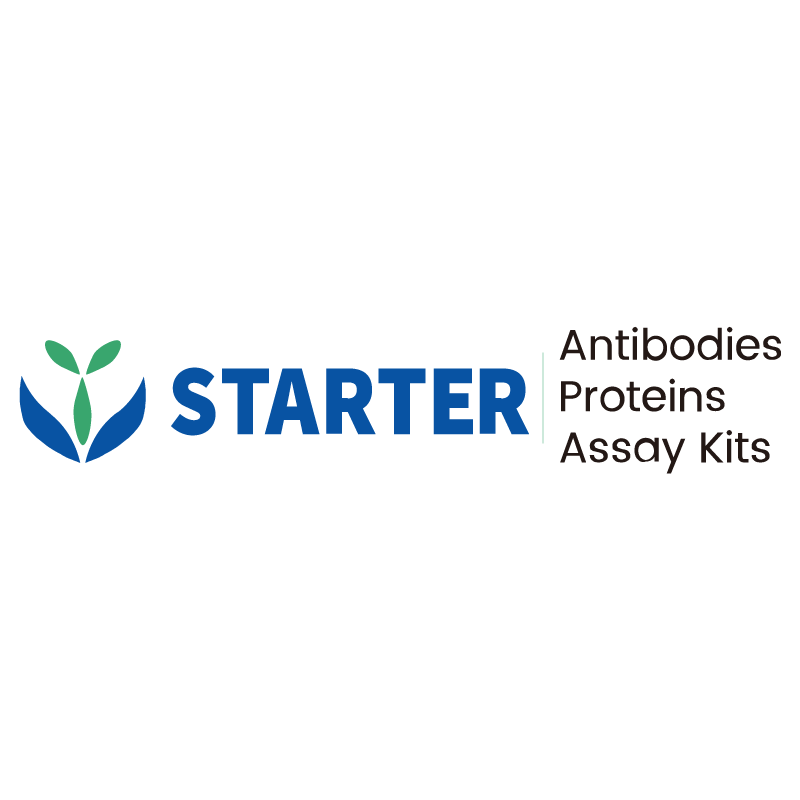Product Details
Product Details
Product Specification
| Host | Rabbit |
| Antigen | Growth/differentiation factor 15 (GDF-15) |
| Synonyms | MIC-1, NAG-1, NRG-1 |
| Immunogen | Recombinant Protein |
| Accession | Q99988 |
| Clone Number | SDT-1012-35 |
| Antibody Type | Recombinant mAb |
| Isotype | IgG |
| Application | Sandwich ELISA |
| Reactivity | Hu |
| Cross Reactivity | Does not recognize TNF-alpha, CRP |
| Purification | Protein A |
| Concentration | 2 mg/ml |
| Purity | >95% by HPLC |
| Conjugation | Unconjugated |
| Physical Appearance | Liquid |
| Storage Buffer | PBS pH7.4, 0.03% Proclin 300 |
| Stability & Storage | 12 months from date of receipt / reconstitution, 2 to 8 °C as supplied |
Background
Growth/differentiation factor 15 is a protein that in humans is encoded by the GDF15 gene. GDF15 was first identified as Macrophage inhibitory cytokine-1 or MIC-1. It is a protein belonging to the transforming growth factor beta superfamily. Under normal conditions, GDF15 is expressed in low concentrations in most organs and upregulated because of injury of organs such as liver, kidney, heart and lung. GDF15 has shown to be a strong prognostic protein in patients with different diseases such as heart diseases and cancer. In cardiovascular tissues it is shown that GDF-15 concentrations increase in response to atherosclerosis, ischemia/reperfusion-injury and heart failure. In patients with coronary artery disease (CAD), GDF-15 is shown to be associated with adverse outcome such as mortality, myocardial infarction, stroke and with bleeding. However, elevated GDF15 levels in diseases such as cancer and heart disease may be the result of inflammation caused by these diseases. Note that GDF15 is necessary for surviving both bacterial and viral infections, as well as sepsis. The protective effects of GDF15 were largely independent of pathogen control or the magnitude of inflammatory response, suggesting a role in disease tolerance.
Picture
Picture
Paired Recommendations


